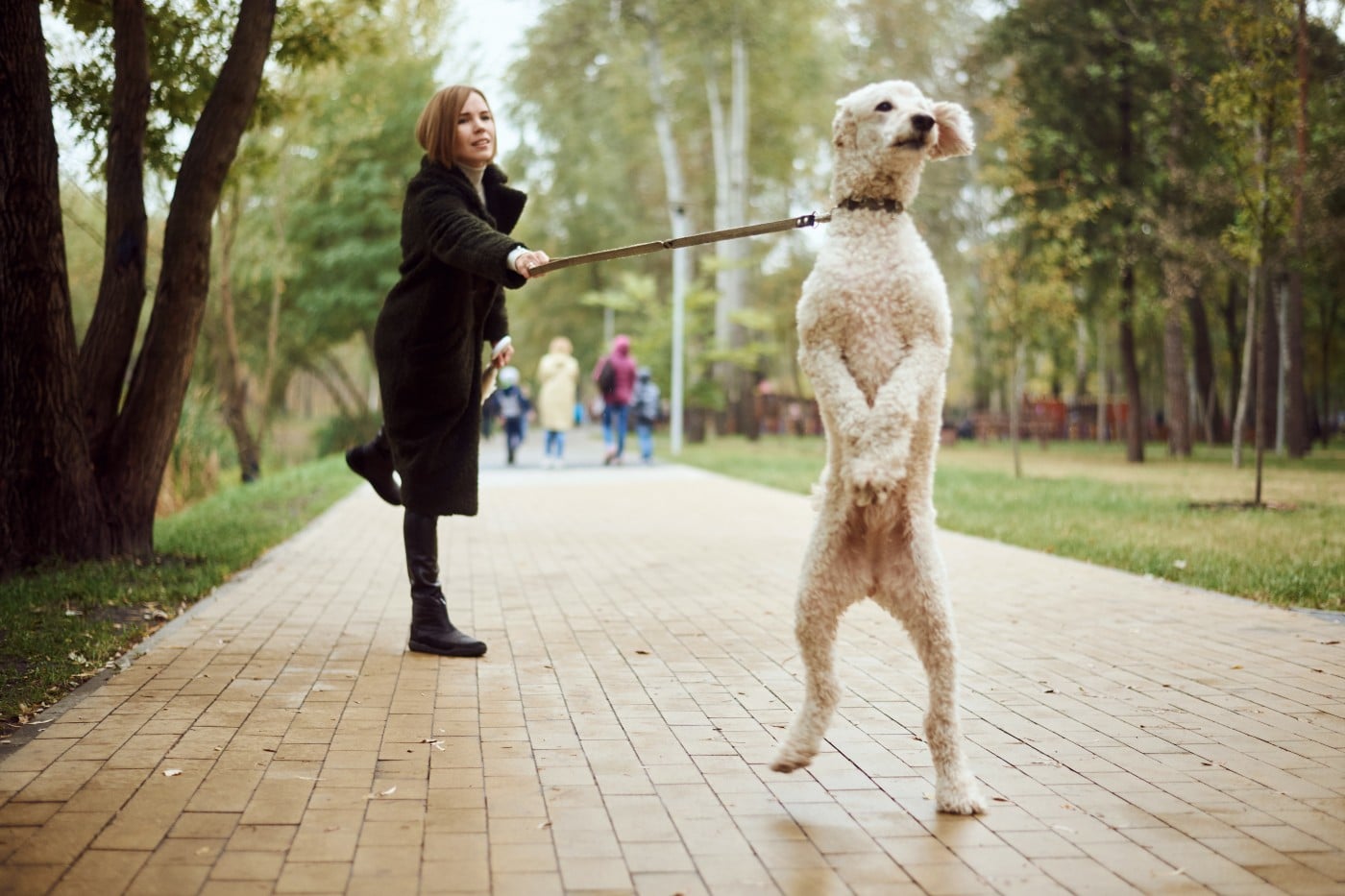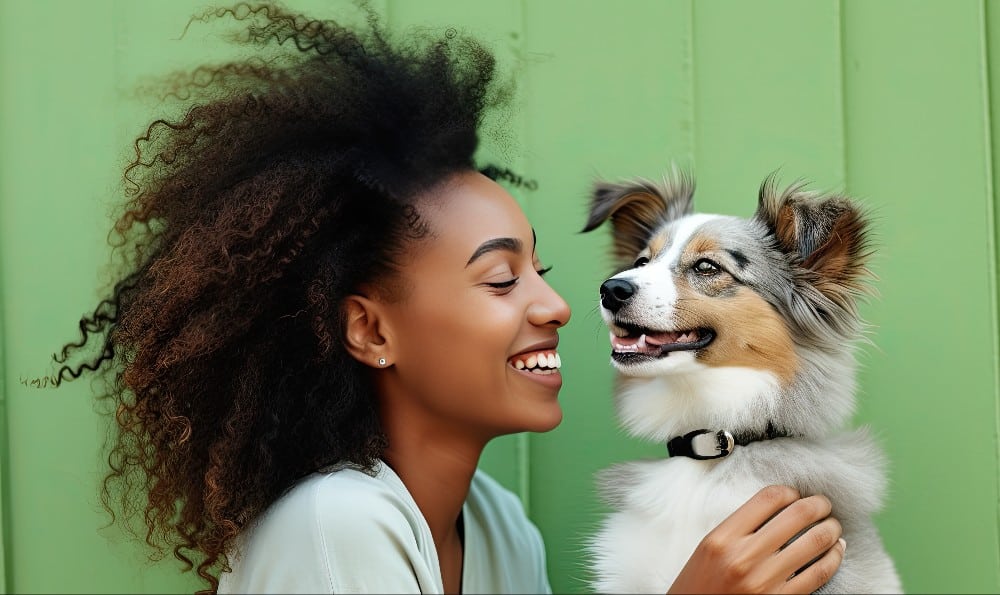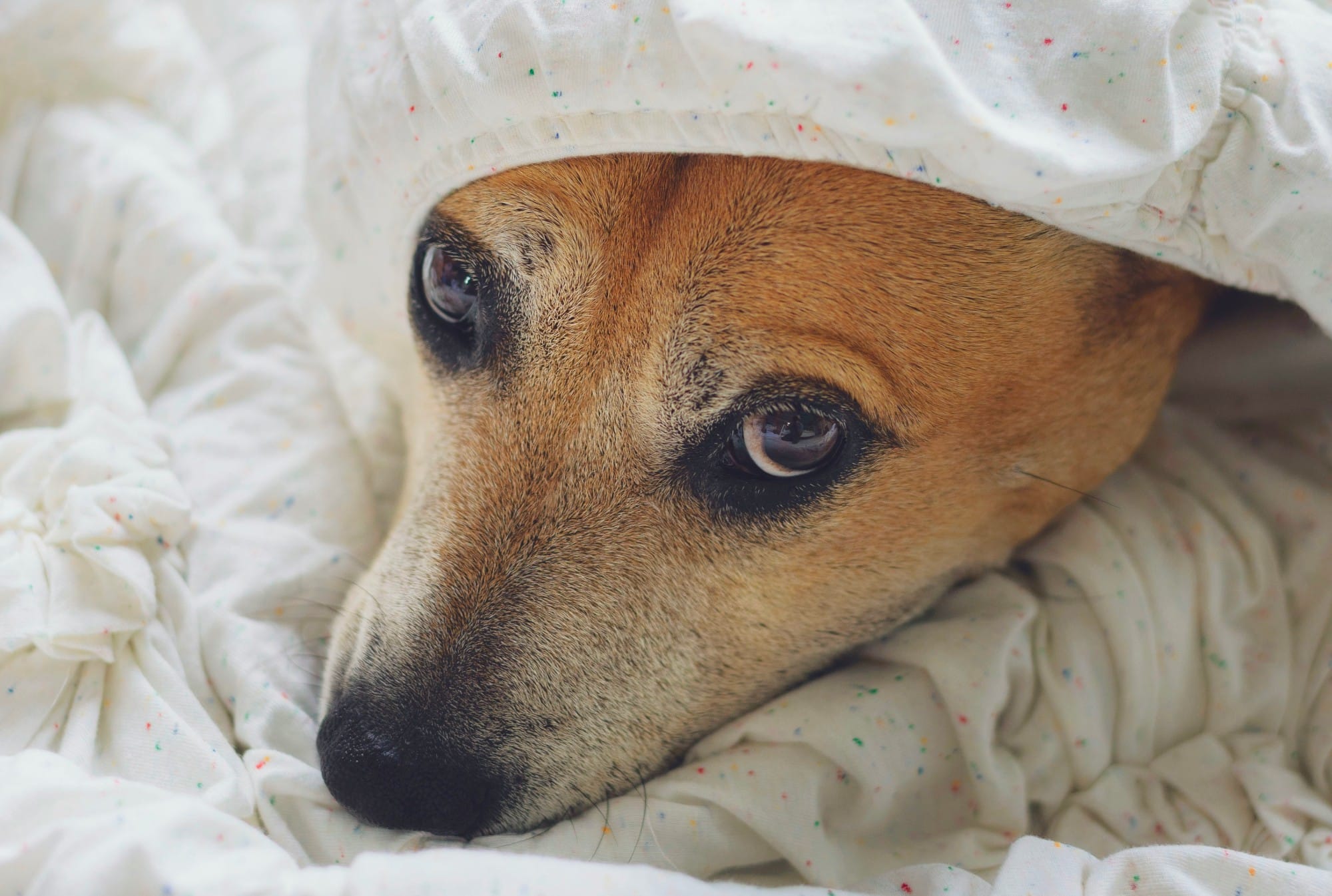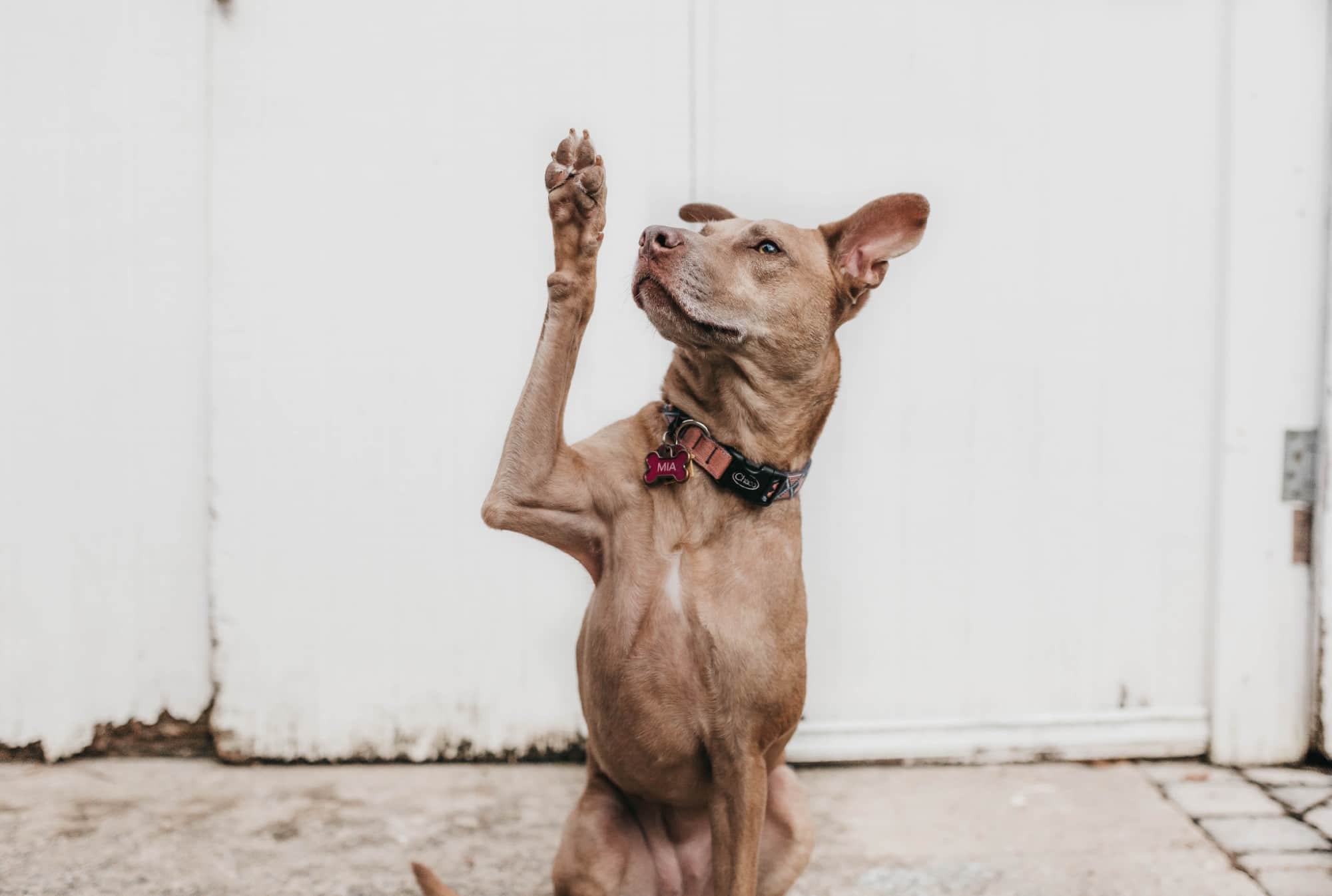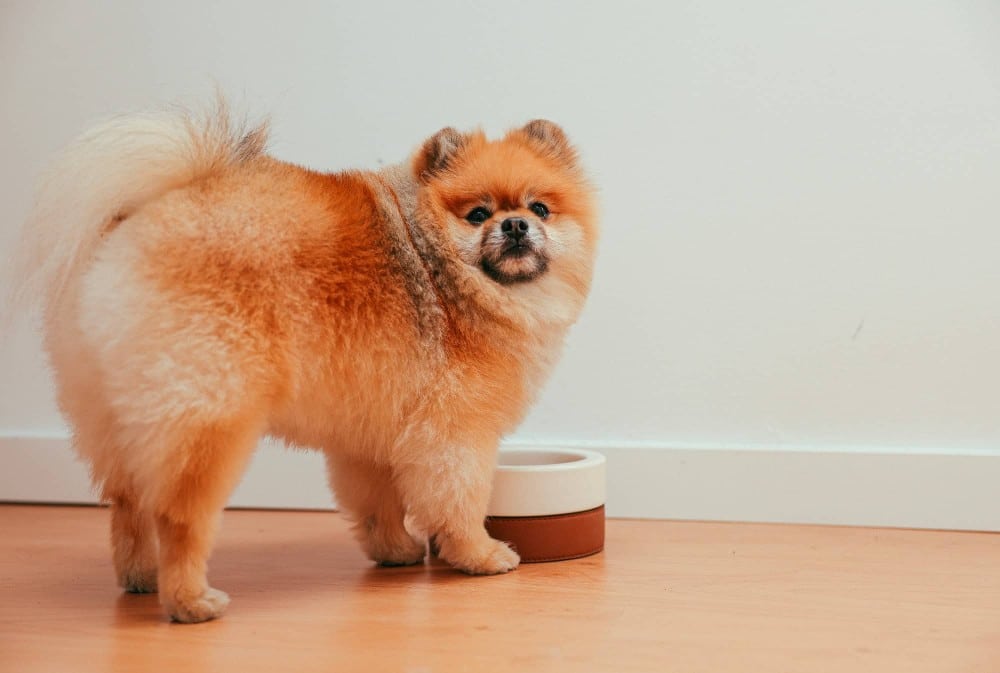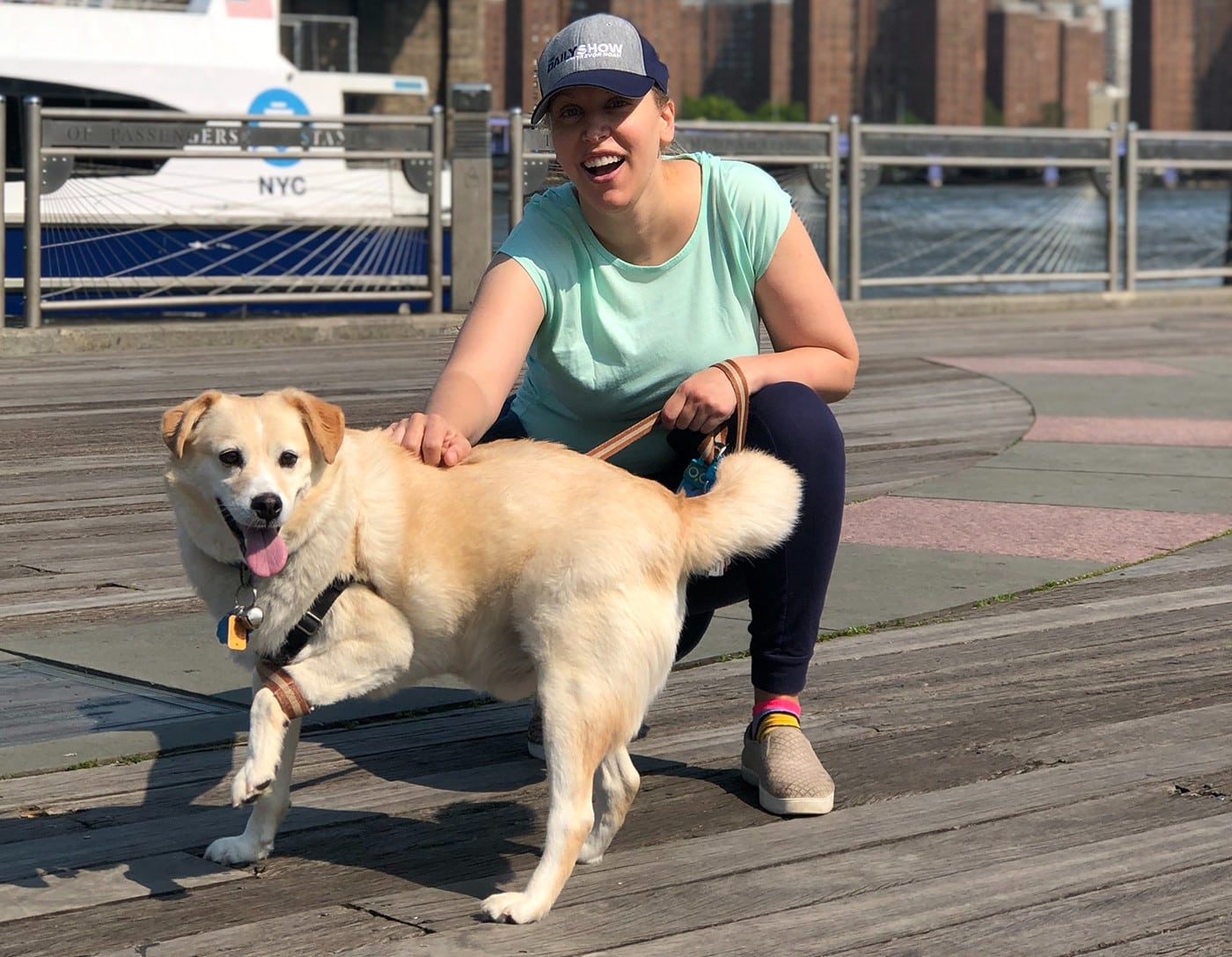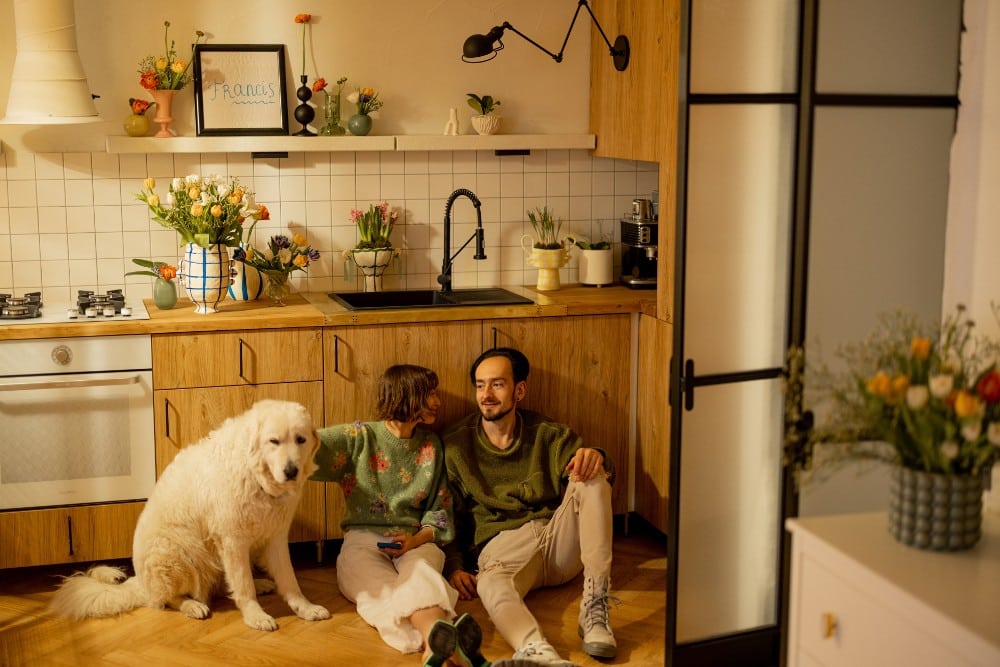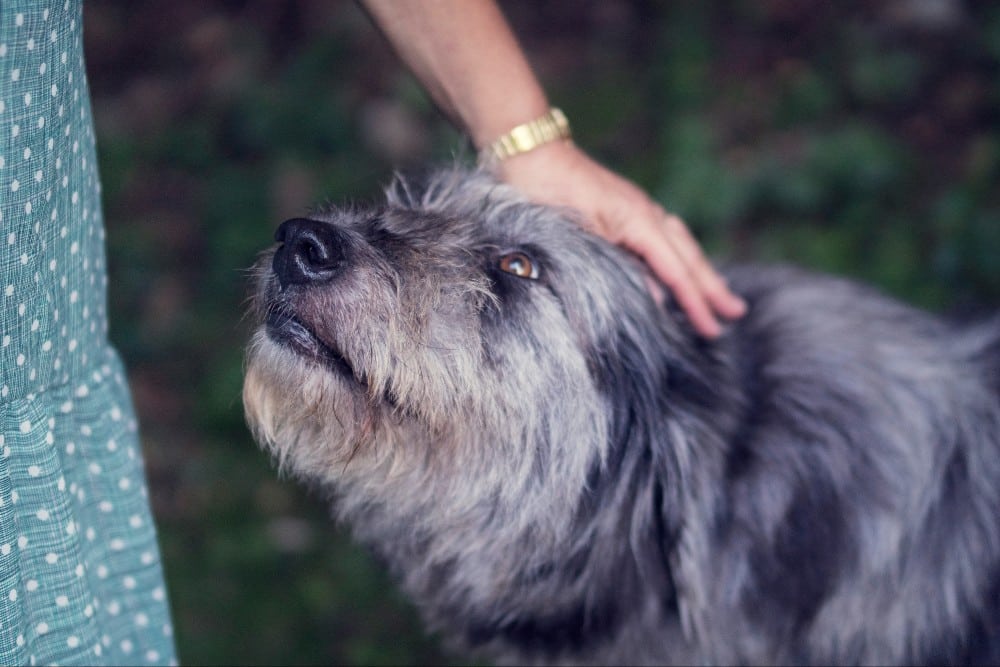Taking your pup for a long, scenic walk is one of the many joys that accompanies being a dog parent. Not only does it give your pooch a chance to stretch his legs, use his nose to take in all different smells, and release pent-up energy, but it also allows you a moment to catch your breath while enjoying some bonding time with your four-legged friend.
However, if your dog barks, growls, and lunges at other canines when he’s on a leash, it can make your daily walks extremely stressful. Leash aggression can be dangerous for both dogs and potentially a huge liability, causing some to reconsider taking their pup for a stroll (and when our pooches get no exercise, this can cause a whole host of problems at home).
Fortunately, there are some steps you can take to help curb your dog’s-unwanted behavior. But it’s important to understand that there is no easy fix for dog-on-dog leash aggression. Instead, it’s a comprehensive training process that requires time and patience on your part. It’s equally important to recognize that your dog isn’t “bad.” Most of the time, this type of aggression stems from fear rather than a desire to fight.
Related: When Taking Your Dog for a Walk, Beware of These Hazards
Buy the Right Gear
If your dog is outfitted with a traditional collar and leash during his walks, the constant pulling and lunging can drastically lower your sense of comfort and control. While shock and pronged collars seem tempting to buy, they may result in adverse repercussions down the line, such as injuries like cardiac fibrillation, burns, or pain.
“A front-clip harness is the preferred choice for modern dog trainers because it reduces pulling without the dangerous side effects of a prong collar or choke chain,” says Torie Silletto, certified dog trainer and owner of Diamond Dog Behavior and Training in Portland, Ore. She adds that prong and shock collars can have unintended consequences. “If a dog feels spikes squeezing their neck [or a shock] whenever they see another dog, they will develop an aggressive response because other dogs now predict pain. The appearance of another dog flips on their fight or flight switch. The aggression is now worse.”
She adds, “Hurting and scaring dogs to train them exacerbates fear and aggression. Period. Don’t make this mistake.”
If you’re afraid your pet might bite, taking the proper precautions is paramount. Consider conditioning your dog to wear a basket muzzle. This type of muzzle allows your dog to easily breathe and be fed treats.
You can also invest in a vest, bandana or patch for your dog’s harness that reads “Anxious Dog” “Do Not Pet,” or “Unfriendly Dog” to let people know it is not okay for their dog to approach yours
Related: How to Have an Awesome Sniffing Walk for Your Dog
Avoid Possible Triggers
“When dogs growl or otherwise display aggression, they are telling the scary thing to go away. If the scary thing doesn’t go away, the dog will try harder, which can be dangerous,” says Silletto. “Avoid aggression on walks by protecting the dog from feeling scared in the first place. This is done in two ways: understanding their body language and keeping other dogs at a distance that does not elicit a fearful response.”
In terms of body language, a relaxed dog will have a loose body and sway her butt during the walk. An uncomfortable dog will become still, display a hunched body, tucked ears and tail, furrowed brow, and clenched jaw. Furthermore, they will yawn, lick their lips, or show the whites of their eyes.
One way to discourage aggressive behavior is to simply avoid putting your dog in situations that will elicit growling and lunging.
You can try a number of tactics, including walking your dog during times and in locations that have less exposure to other pups. If you see another dog walker, cross to the other side of the road or do a U-turn. You may also want to consider bringing a friend with you during your walks. Sandwich your dog between the two of you to create a barrier to make your dog feel more secure.
You can also distract your pup by using high-value treats, like their favorite treat, boiled chicken breast or cheese, to keep their focus on you when a dog passes by. Put your dog in a sit position, get between him and the other dog and praise him when he does not react.
Get Professional Help
Dealing with dog aggression is no easy task. It requires knowledge, patience, time, and the capability to recognize a dog’s stress signals. Getting help from a professional trainer can ensure that proper training implementations are being used while promoting safety.
“Treating fear-based aggression is a complex and delicate process,” says Silletto. If a dog’s aggressive episodes increase in frequency and intensity, add stress to their person’s daily life, or impact their welfare, the issue should be resolved with the help of a qualified professional.”
Also, Stilletto says to avoid trainers who use aggressive training methods when working with your dog.
“This is important: Dog training is an unregulated industry with a huge disparity in quality and knowledge levels,” she says, adding, “There is a huge misconception that aggression should be treated with a heavy hand, thanks to TV shows featuring old school training methods.”
Your dog doesn’t have to be locked away in the backyard for his entire life. You can teach your pet to behave politely while on walks with patience, persistence, and time.
Related: 3 People Dog Walkers Avoid Like the Plague
This article is for informational purposes only. It is not, nor is it intended to be, a substitute for professional advice.













